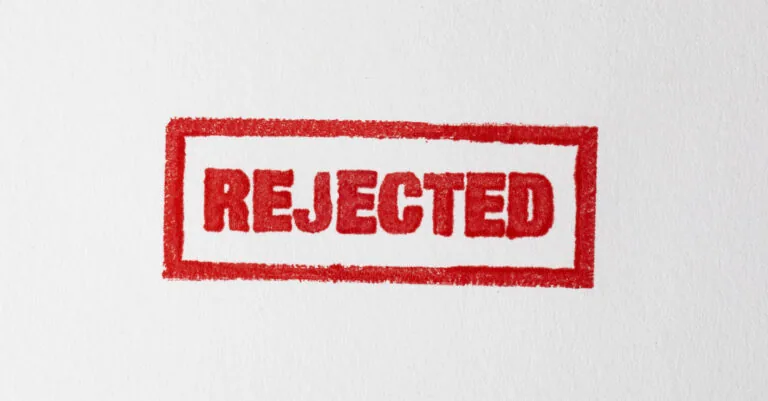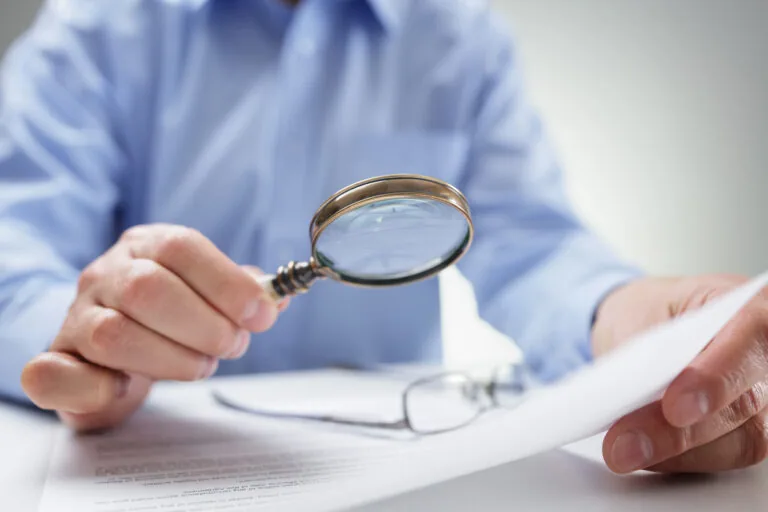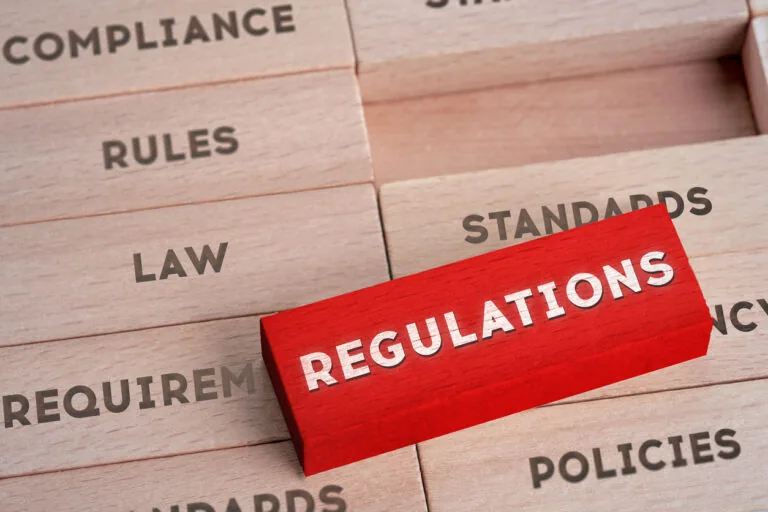How to Appeal a Patent Decision in a Foreign Jurisdiction
Getting a patent application denied—especially in another country—can be frustrating. But a rejection isn’t the end of the road. Many foreign patent offices offer formal appeal processes that allow you to challenge the decision. With the right approach, you can often keep your application alive and protect your invention abroad. At Gearhart...
Formalities Chk Pass | Trademark Status Explained
If you’ve filed a trademark application with the United States Patent and Trademark Office (USPTO) and noticed the status “Formalities Chk Pass,” you might be wondering what that means. In short, it’s a good sign. It means your application has passed the USPTO’s initial review of basic filing requirements.
What Is the Difference Between a Provisional and a Non-Provisional Patent Examination?
If you're thinking about protecting your invention, you’ve probably come across the terms “provisional” and “non-provisional” patent applications. At first glance, they sound similar—but they serve very different purposes. Deciding which one to file can affect your timeline, costs, and even your ability to enforce your patent rights later.

Should You Appeal a Patent Rejection or Amend Your Claims?
Getting a patent application rejected can feel discouraging, especially after all the time and effort you’ve put into your invention. But a rejection doesn’t mean the end of the road. You still have options, and knowing what to do next can make all the difference. In most cases, you’ll need to decide...

How Patent Examiners Determine Enablement and Written Description
When you apply for a patent, it’s not just about having a good idea. The U.S. Patent and Trademark Office (USPTO) expects you to clearly describe what your invention is and how someone else could make and use it. That’s where two key requirements come into play: enablement and written description. If...

The Key Stages of the Patent Examination Process
Turning an invention into a patent takes time, strategy, and a clear understanding of the steps involved. The U.S. Patent and Trademark Office (USPTO) examines each application through a structured review process that can span months or even years. Knowing what happens at each stage—from filing to final decision—can help inventors avoid...

Global IP and Business Strategies: Protecting Your Intellectual Property in China, Korea and India
In today’s globalized economy, protecting your intellectual property (IP) is crucial for maintaining a competitive edge, especially in rapidly evolving markets like China, Korea, and India....

Understanding the Role of a Patent Examiner
When you submit a patent application, it doesn’t just sit on a shelf. It lands on the desk of a real person—a patent examiner—whose job is to review your invention and decide if it meets the requirements for a U.S. patent. Knowing how examiners work can help you better understand the process...

Common Mistakes to Avoid When Filing a Patent Appeal
When your patent application is denied, you still have options. One of them is filing a patent appeal with the Patent Trial and Appeal Board (PTAB). But before you take that next step, it’s essential to understand that appealing a rejection is not the same as filing the original application....

Understanding the Role of the MPEP in Patent Examinations
Applying for a patent can feel overwhelming, especially when you're not sure how decisions are made behind the scenes. One of the key resources examiners use to evaluate patent applications is the Manual of Patent Examining Procedure or MPEP. While this manual might not be well-known outside patent law circles, it plays...
